Introduction
Spinal precautions are important to minimise possible neurologic damage (to the spinal cord) that may be caused by inappropriate spine mobilisation, in a patient with suspected unstable spinal injury. Log rolling is a spinal precaution technique that
restricts movement of the spine and aims to protect and maintain spinal integrity and alignment whilst facilitating the assessment of the patient’s back, preventing development of pressure injuries and facilitating procedures. RCH is committed to
ensuring all log rolls are clinically safe, responsive, efficient and effectively coordinated.
Aim
This guideline outlines the process of log rolling any patient with suspected unstable spinal injury or disease, and under spinal precautions. It aims to provide guidance to clinical staff to prevent direct spinal cord injury (SCI), and further secondary
injury due to unnecessary movement, by detailing safe technique to maintain correct anatomical alignment in patients with suspected or confirmed SCI.
Definition of Terms
- Cervical
Spine: The cervical (neck) region consists of seven bones, C1-C7 vertebrae, which are separated from another by intervertebral discs which act as shock absorbers and allow the spine to move freely during activity.
- Lumbar
Spine: The lower back region of the spine; consists of the five vertebrae between the ribs and the pelvis. The Sacrum has 5 fused vertebrae and coccyx has 4 fused vertebrae located at the base of the spine.
- Thoracic
Spine: The region of the spine is attached to the ribcage; located between the cervical and lumbar areas, it consists of 12 vertebrae.
- Spinal
Cord injury (SCI): Any interruption of spinal cord function by disease or injury at a particular level may result in a loss of sensation and motor function below that level. Depending on the severity of the disease or injury, the loss of function
may be permanent. Spinal cord injury is categorised into two classifications; primary and secondary injury. Primary SCI is irreversible damage sustained at time of trauma due to mechanical insult. Secondary injury is sustained post trauma likely
due to cord hypoperfusion, however consideration for further trauma due to movement is imperative.
Indications
Log rolling should be utilised for any trauma patient with a high suspicion of spinal injury based on mechanism, presenting signs/symptoms, or the inability to perform a reliable assessment (i.e., unconscious/sedated patients).
Log rolling is used to prevent spinal injury or ascension of injury to facilitate procedures and clinical assessment, and to prevent pressure injuries.
High risk mechanism for suspicion of spinal cord injury includes but not limited to:
- Axial load to the head (diving, trampoline, falling from height)
- Forced neck hyperflexion (includes low velocity mechanism with high force e.g. rugby scrum collapse)
- Ejection from a vehicle including motorbike
- Improper restraint in a motor vehicle collision (MVC)
- Passenger in an MVC of >60 km/hr, head on collision, rollover, or any accident with a passenger death
- Pedestrian vs vehicle
- Fall >3 metres (or twice the patient’s height)
- Kicked by, or fall from, a horse
- Substantial torso injury
- History of conditions known to predispose to CSI
- Previous cervical spinal surgery
- Trisomy 21
- Osteogenesis imperfecta, Achondroplasia
- Other rheumatological, genetic or metabolic conditions
- Persistent symptoms: pain, paraesthesia, weakness
Please see C-Spine assessment guideline for C-spine clearance guidance. Even where C-spine clearance has occurred, log rolling may be required to protect an
uncleared or injured thoracic and / or lumbar spine.
It is important to note that occasionally there is potential for further injury to certain patient groups by log rolling. Consideration of the appropriateness of conducting log rolling should be discussed amongst the team, and certain patient groups may
require increased caution, for example complex spinal fractures that have not been stabilised.
Management
Preparation for log rolling
- Personnel: 4-5 people depending on the size of child with training in log rolling
- Collar if required/ordered
- PPE
- Clean sheets if required
- Ensure haemodynamically stable, including assessment of airway and breathing, complete a set of observations if required. Consider analgesia and/or sedation prior to log rolling as required for pain relief or ICP management.
- Any anticipated equipment to treat any findings, including positioning adjuncts for the comfort of the head hold person in case of prolonged hold.
|
Role
|
Responsibility
|
|
Head Hold Person
|
Senior clinician; in control of the roll as team leader.
Bed Height is at Head Hold Person’s hip height.
Places hands on bilateral shoulders. and uses forearms to stabilise patient head; such that it moves in tandem with the body when the patient is rolled. Please see picture below.
Responsible for cervical spine management.
Gives clear instructions and is the verbal
initiator for any rolls/movement.
|
|
Chest Person
|
Tallest team member.
They place hands over the patient’s shoulder and lower back.
|
|
Hip Person
|
Ensures lower spine is not twisted during roll.
Places one hand near lower hand of the chest person on lower back. Places other hand underneath patient thigh. Consider the use of a pillow or rolled towel in between the patient’s legs to facilitate alignment.
|
|
Leg Person
|
Required for tall or heavy patients.
Required for patients in plaster or traction splint.
Assess patient for manual handling risks.
Support the weight of the leg from underneath.
|
|
Assessment/Task person
|
Maintains safety of lines and tubing.
Assists by providing push to assisting with transfer.
Skin and back assessment is performed (observes skin under collar on occiput).
Attends to patient hygiene/ changes sheets if necessary
|
Please note, for taller or bariatric patients, you may require more staff to assist with a move.
Procedure
- Explain procedure to patient and family; apply semi-rigid collar if required. Ensure equipment and monitoring is prepared for the roll, including sufficient length for line and tubing movement, Extra Ventricular Drain clamped, etc.
- Adjust bed to correct height. Ensure the bed
is set at hip height of the head holder, aiming to reduce excessive
forward trunk flexion of the person allocated to hold the head. Procedure is
safest if the tallest staff member is at the chest area.
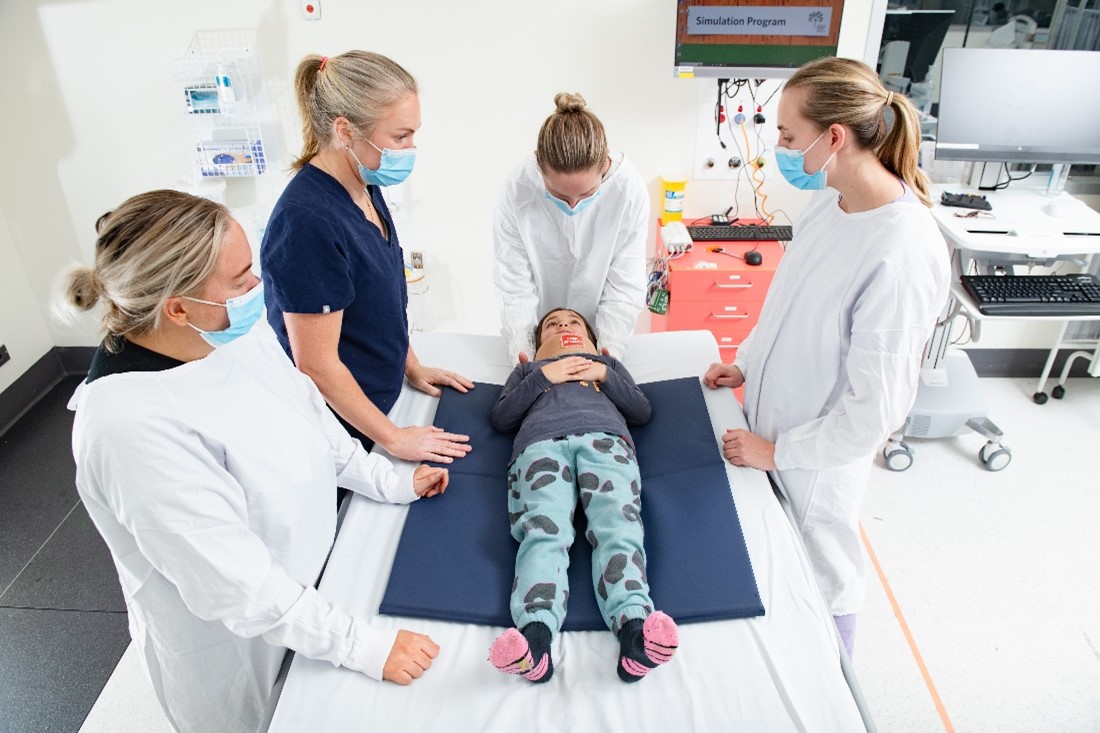
Image 1, Log roll positioning, photo courtesy of Trauma Service RCH.
- Ensure everyone is aware of their roles, the direction of the roll, and the terminology that will be used. “We will roll on the word roll, 'one, two, three, roll,
or ready, set, roll” (script can be changed according to the preference of the person holding the head). Ensure direction of roll is clear, and where possible avoiding side of any obvious injury.
- Personnel take their positions with hip person placing left hand over, and right hand under the leg to support and ensure patient is supine and anatomically aligned.
Ensure patients head remains in neutral anatomical alignment to maximise venous return and minimise raises in intracranial pressure (ICP). Patients
<8 years old will require a thoracic elevation device (Occian Airway Pad) to ensure correct spinal alignment.
The chest, torso and hips of the patient should be supported from above, with hands over the patient. The leg and thigh should be supported from underneath
with underhand hold.
Proximal arm of the patient must be adducted to avoid rolling on IV or monitoring. Distal Arm should be extended in alignment with the thorax and abdomen or bent over the patient chest if appropriate. (i.e. If the arm is uninjured).
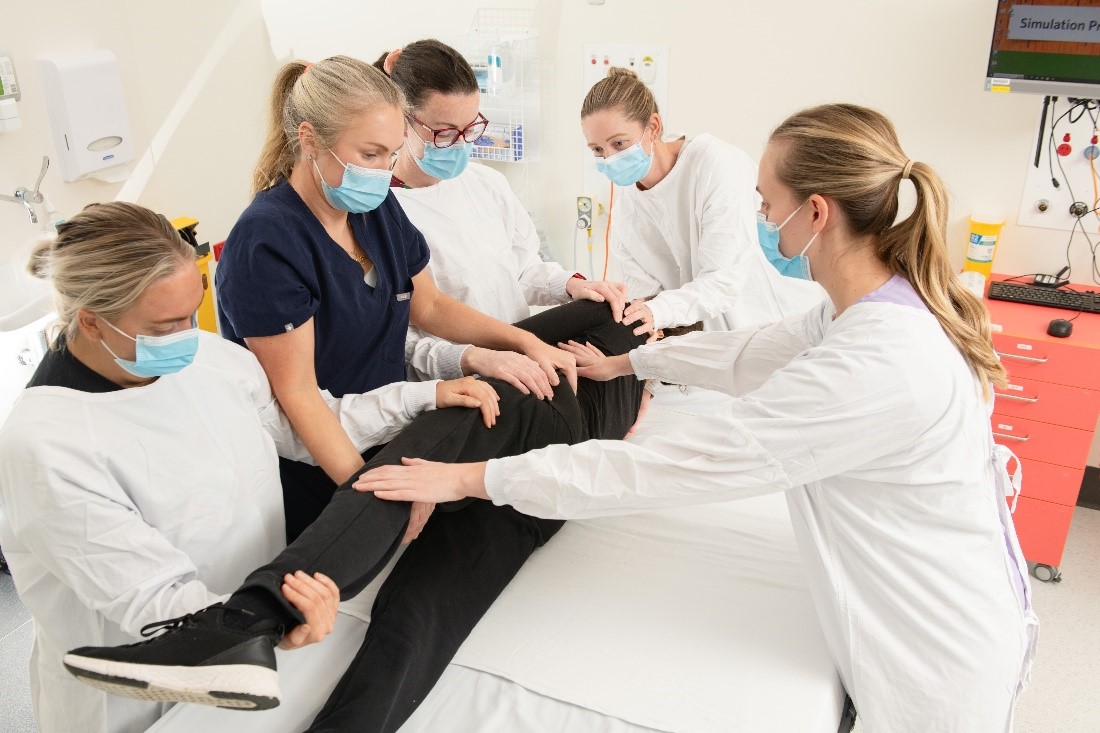
Image 2, Log roll hand positioning, photo courtesy of Trauma
Service RCH.
- Head hold person commences directing the turn as outlined above, and leg person placing hands underneath leg for support. Count to “one, two, three, roll” or similar, and all personnel roll patient together. Task/ Assessment person reassures
patient and supports the airway and lines, ensuring sufficient slack, and EVD / monitoring taps are turned as per protocol, until patient in a stable position on their side or completed roll
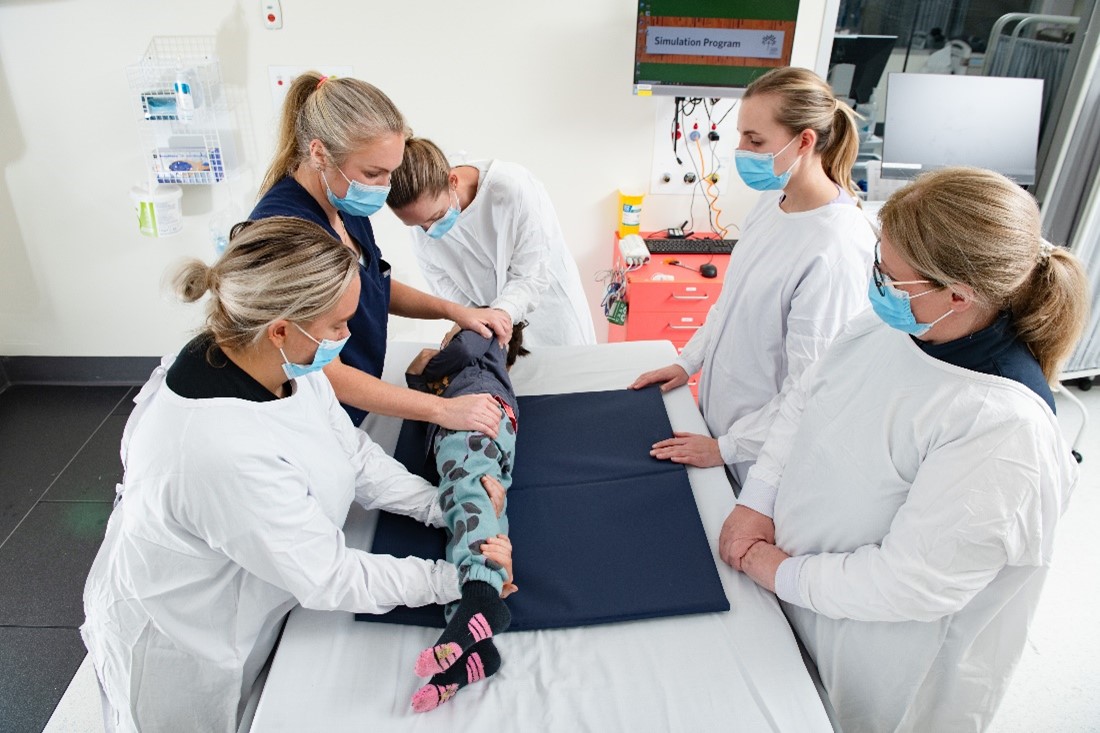
Image 3, Log roll mid roll, photo courtesy of Trauma Service
RCH.
- Task/Assessment person assess skin integrity, paying close attention to the occipital region under collar. Assess for signs of pressure, including integrity, oedema, pain, non -blanching redness. Meet any hygiene needs required, change sheets if necessary.
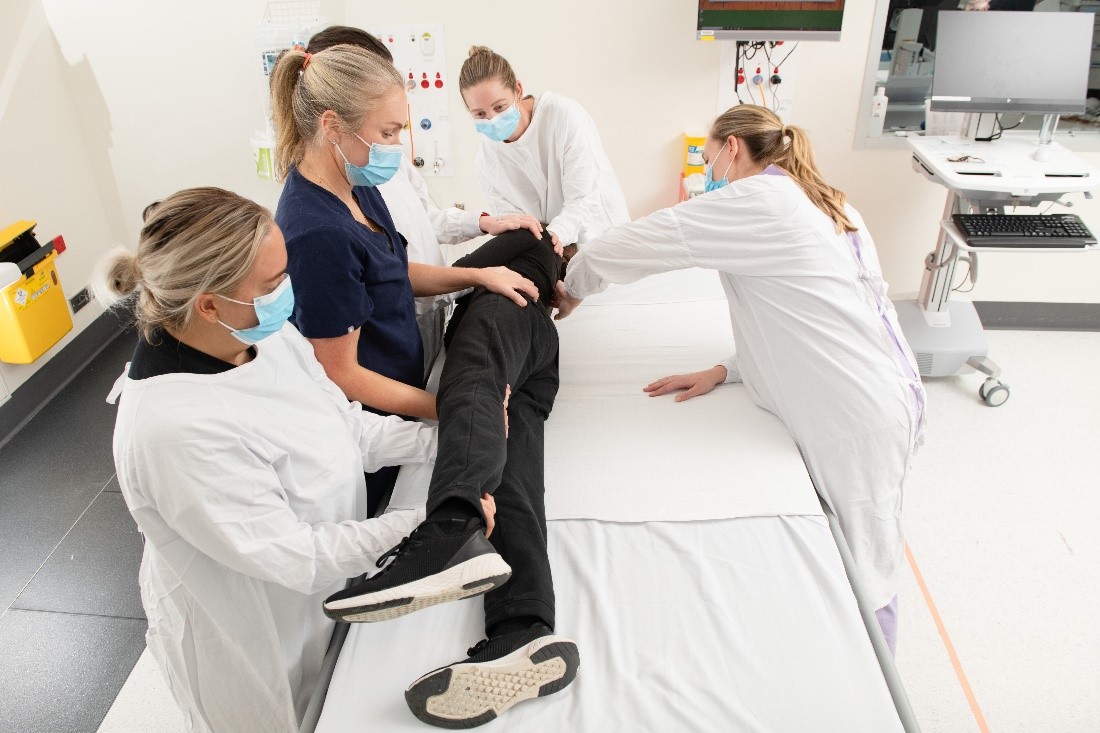
Image 4, Log roll spinal assessment, photo courtesy of
Trauma Service RCH.
- Head Hold person asks if everyone is ready to roll back. When ready, head hold
person states “we will roll back on roll, one, two, three roll”. Count is made and everyone rolls together.
-
Task/Assessment person reduces risks of linen creases underneath, gently pulling on sheets as patient is lowered down, and when patient anatomically aligned, head hold person gives permission to release grip sequentially from the legs up. If patient
<8 years old, and in spinal precautions, transfer the patient onto the Thoracic Elevation Device (TED) in supine position ensuring the ear is in line with the shoulder in the sagittal plane. The patient’s head is positioned off the TED. Feet may be on or off the pad according to patient length.
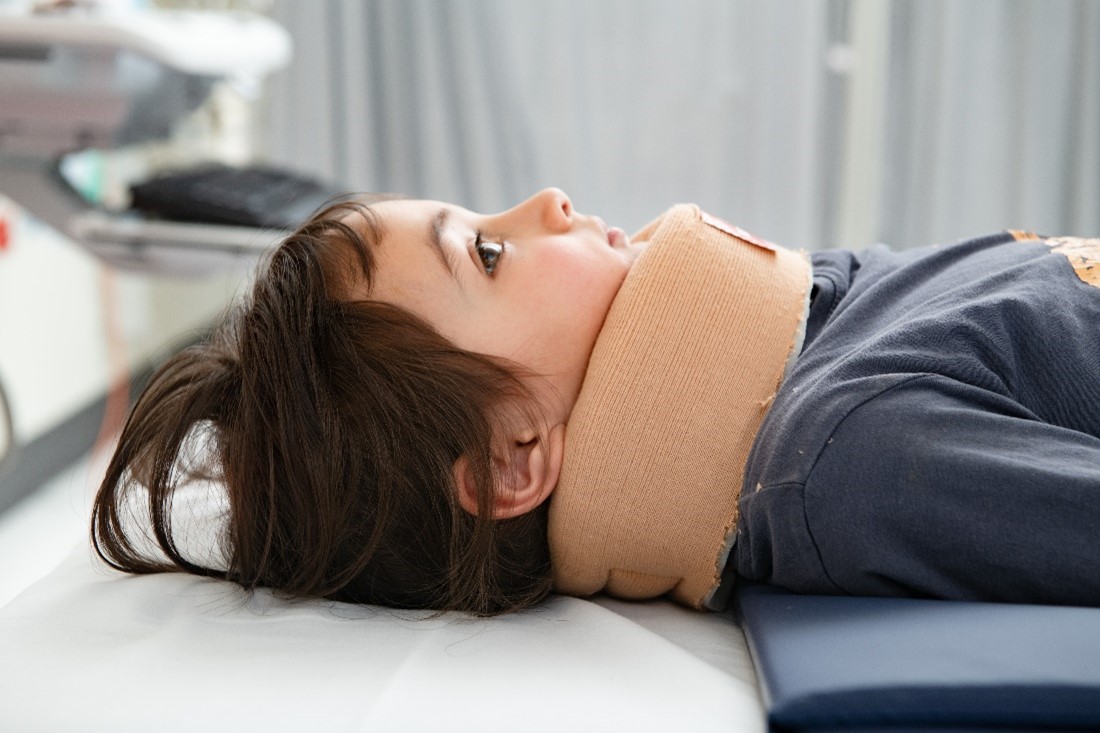
Image 5, TED device, photo courtesy of Trauma Service RCH.
- Head hold person removes hands while shoulders are braced by a second person. A third person supports the head to minimise movement.
- Document log rolling in the notes, and any assessment of the posterior that was undertaken.
Daily assessment of need for spinal precautions with
continual investigations are necessary to review the necessity of precautions,
as immobilisation can come with its own set of complications. Regular review of
the Spinal Management Orders is imperative for prevention.
Manual Handling considerations
During all patient movements, ensure handlers have a wide base of support, the use of a split stance can be used to minimise the forward flexion of the low back. If log roll duration prolonged, then using the bed or positioning supports to lean against/support
arms may reduce fatigue of handlers and risk of musculoskeletal injury.
Companion Documents
Evidence Table
Coming soon.
Please remember to read the disclaimer.
The development of this nursing guideline was coordinated by Ari Woodward, CNC, Trauma, approved by the Nursing Clinical Effectiveness Committee. First published June 2024.